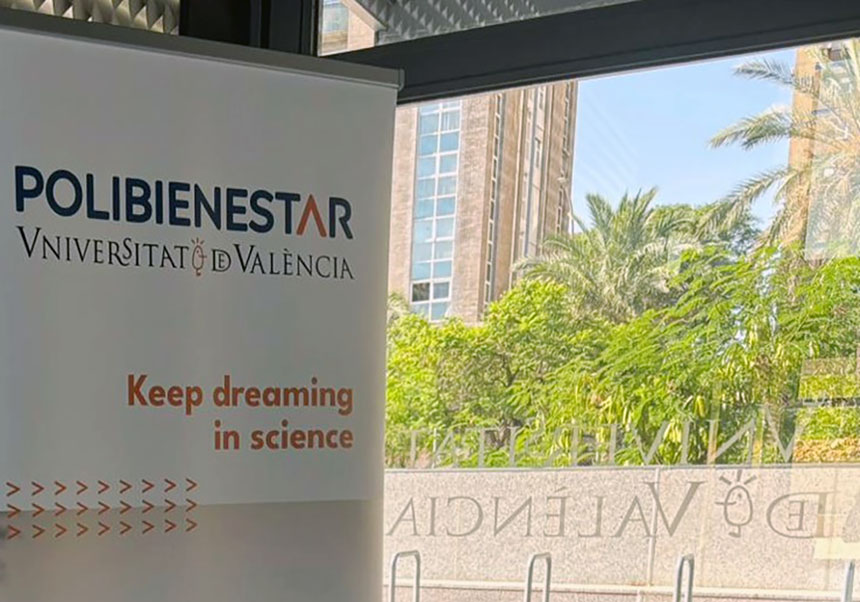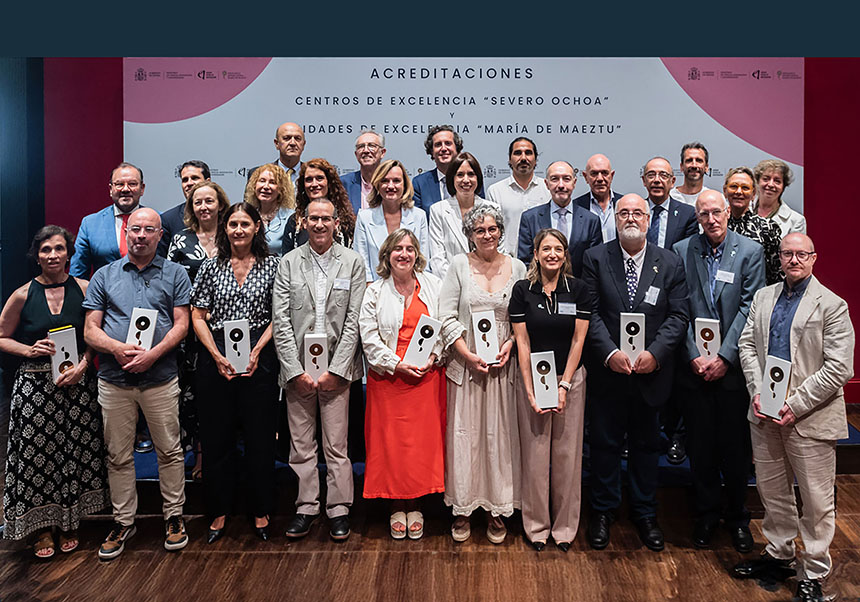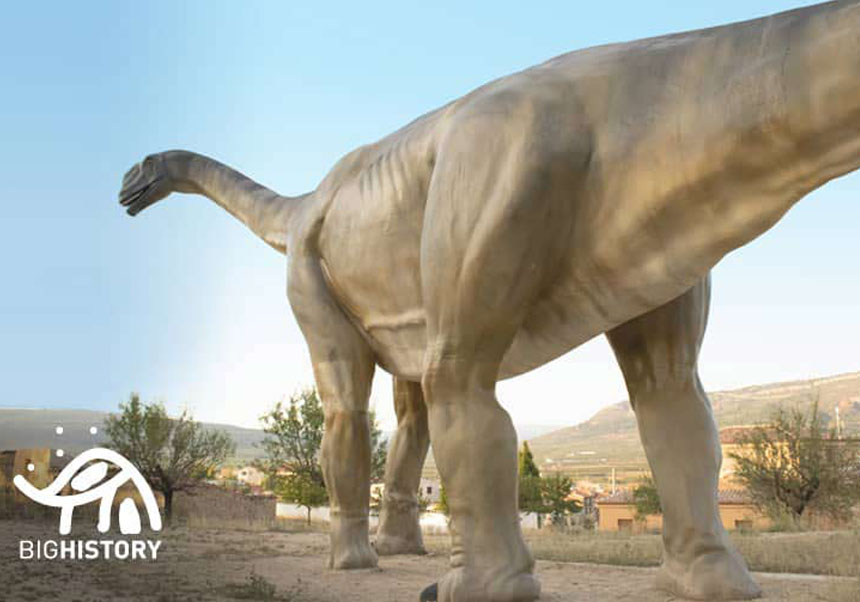Adrián Todolí investigates the risks that Artificial Intelligence can cause in occupational health
- Scientific Culture and Innovation Unit
- February 14th, 2020

A study by Adrián Todolí, professor at the Faculty of Law and co-director of the Chair of Collaborative Economy and Digital Transformation of the University of Valencia, highlights the health risks that algorithms and artificial intelligence can cause due to the progressive work management automation. Published in the journal Labour & Law Issues, the article warns that machines can treat humans as if they were other machines and proposes that the algorithms be designed considering existing occupational hazards.
The use of new technologies is constantly growing in the workplace and tends to introduce artificial intelligence algorithms or systems that are part of the work management in the company. To optimise productivity, these programs analyse data and routines that evaluate performance and effectiveness; establish shifts and production times; design and designate tasks; and even analyse the information of applicants for a position and select the options that best fit the company criteria.
In his research, the professor of the Department of Labour Law and Social Security Adrián Todolí details that the personnel of a company is exposed to certain risks when the management of human resources and labour relations is automated. Thus, constant monitoring through technologies such as GPS or wereable devices; or also the intensification of effort as a result of a period marked by the algorithm, which can generate stress, anxiety, discouragement and even depression.
“New technologies must be programmed to prevent and reduce these risks, taking into account specific factors such as the transparency of their operation, the adaptation to the abilities of each staff member or the margin of autonomy to make decisions and self-organise”, said the researcher of the Faculty of Law.
The expert also analyses other risk factors such as possible discrimination through the use of pre-existing non-equal data or statistical inferences outside of professional ethics and the right to privacy; or as malfunctions and cyberattacks. In addition, he cites the depersonalisation and lack of empathy of the machines, which carry out their activities without taking into account personal circumstances. Among other cases, Todolí cites the big brother, or feeling of being observed at all times, or the burnout syndrome due to lack of privacy or invasive technological control.
Therefore, algorithms and artificial intelligence in work management can cause physical and mental health problems such as increased stress, anxiety and frustration; decreased self-esteem and depression in more extreme cases; the reduction of human contact and the worsening of the work environment. They can also cause personality changes related to the dehumanisation that the algorithm can exert.
Regulation
Therefore, Todolí emphasises the importance of the algorithms being regulated, as a post-development phase taking into account occupational hazards. In this sense, it is important to respect privacy and non-discrimination, and the need for a trained person to supervise the actions of the algorithms and maintain contact and communications with employees.
The professor at the University of Valencia recalls that these new tools, in addition to the efficient management of the company and human resources, can offer positive aspects such as better evaluations and prevention methods, detect risks through audiovisual and auditory sensors, as well as alert and increase template protection.
Article:
Todolí-Signes, A. «En cumplimiento de la primera Ley de la robótica: Análisis de los riesgos laborales asociados a un algoritmo/inteligencia artificial dirigiendo el trabajo». Labour & Law Issues, 5 (2), 2019. ISSN: 2421-2695
Link: https://papers.ssrn.com/sol3/papers.cfm?abstract_id=3506584
Author’s website: http://go.uv.es/QWI57OY
File in: Investigació a la UV , Facultat de Dret , Producció científica , Internacionalització recerca , Difusió i comunicació científica , Cultura Científica , Publicacions
















